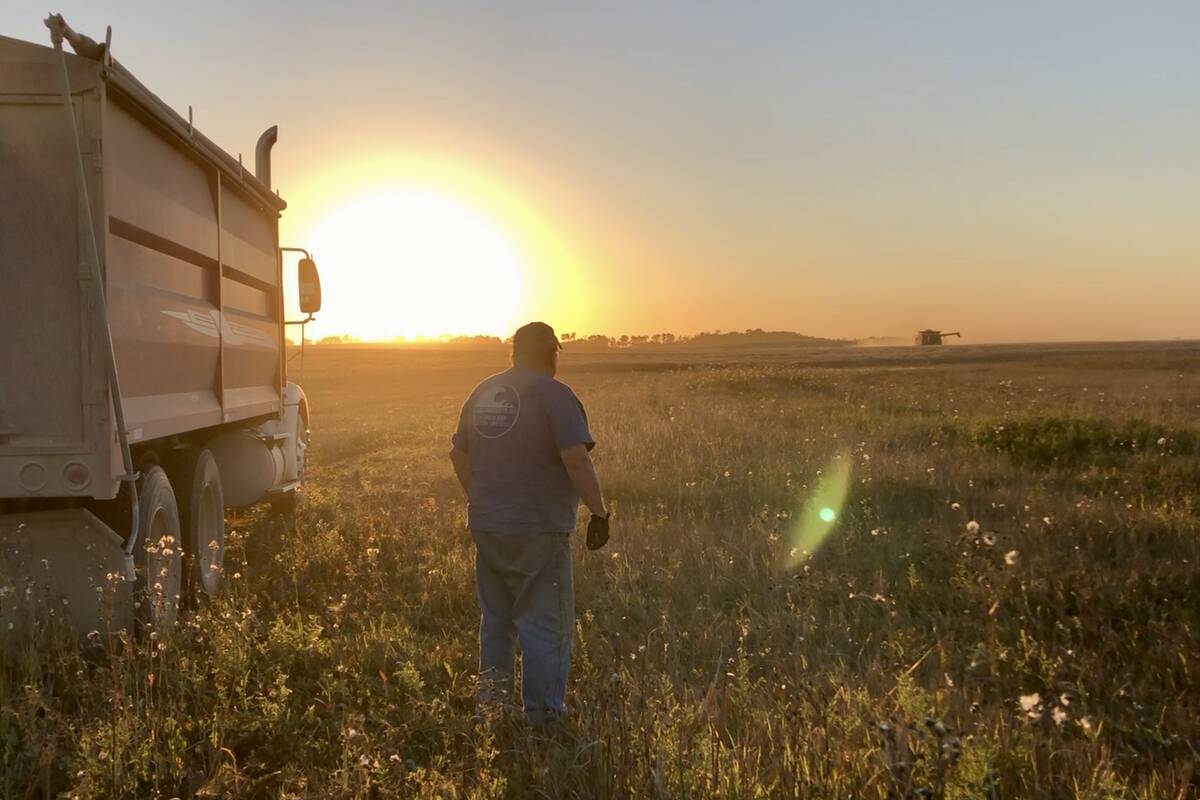CALGARY (Staff) – The Alberta Cattle Commission passed a resolution at its recent annual meeting recommending that all bulls infected with trichomoniasis be destroyed.
The disease is caused by a protozoa called tri-trichomoniasis foetus, said Cornelia Kreplin, a pathologist with Alberta Agriculture.
Protozoa type infections are difficult to treat for several reasons. There are no licensed antibiotics to treat the disease in Canada or the United States. Also, any known antibiotics that could kill the infection are expensive and have serious side effects on the animal, she said.
Read Also

VIDEO: Bittersweet harvest for this family farmhand
Bruce Burnett helps his brother harvest wheat and canola for the last time on the family farm in Manitoba where they both grew up.
Getting rid of infection
“Bulls that are less than three or four years of age can spontaneously clear the infection if they’re rested (sexually) for a long period of time,” said Kreplin.
Bulls older than four tend to be permanent carriers.
To ensure bulls are clean, three tests must come back negative from cultures taken from the prepuce area of the bull. Before the cultures are started the bull must be sexually inactive for two weeks, said Kreplin.
Three tests needed
One test is only 80 percent accurate so three cultures are needed at weekly intervals to ensure the bull is clean.
“Start testing your bulls about seven or eight weeks before you plan to put your cows out,” she said. Cows can also be tested but the culture work is more difficult.
To keep a herd clean, bull buyers should consider having herd sires tested before the breeding season.
Virgin bulls are generally uninfected.
In the western United States, trichomoniasis has been recognized since the late 1800s. It was detected in Canada in 1993 in Saskatchewan community pastures. However, it could have been here before but wasn’t recognized, said Kreplin.
Cases have also been found in Manitoba. There are no confirmed cases in British Columbia.
















